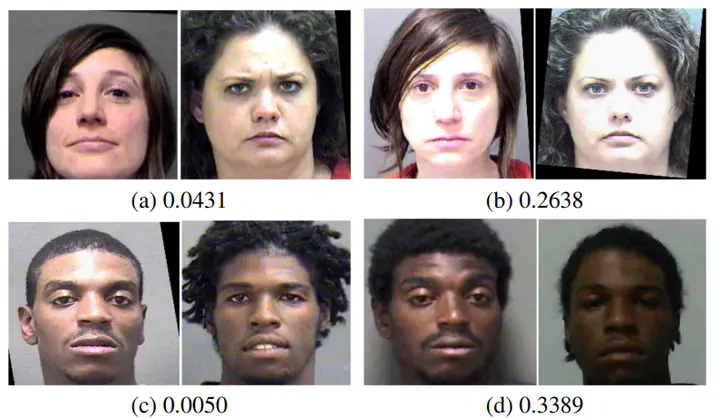 Image credit: Unsplash
Image credit: UnsplashAbstract
We explore varying face recognition accuracy across demographic groups as a phenomenon partly caused by differences in face illumination. We observe that for a common operational scenario with controlled image acquisition, there is a large difference in face region brightness between African-American and Caucasian, and also a smaller difference between male and female. We show that impostor image pairs with both faces under-exposed, or both overexposed, have an increased false match rate (FMR). Conversely, image pairs with strongly different face brightness have a decreased similarity measure. We propose a brightness information metric to measure variation in brightness in the face and show that face brightness that is too low or too high has reduced information in the face region, providing a cause for the lower accuracy. Based on this, or operational scenarios with controlled image acquisition, illumination should be adjusted for each individual to obtain appropriate face image brightness. This is the first work that we are aware of to explore how the level of brightness of the skin region in a pair of face images (rather than a single image) impacts face recognition accuracy, and to evaluate this as a systematic factor causing unequal accuracy across demographics